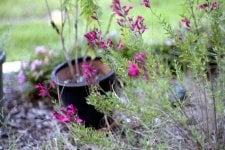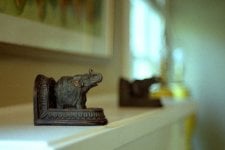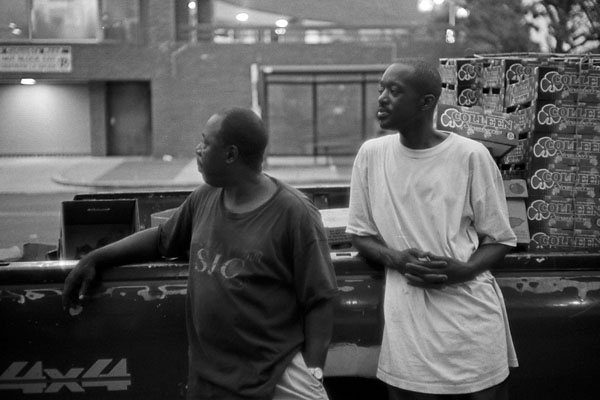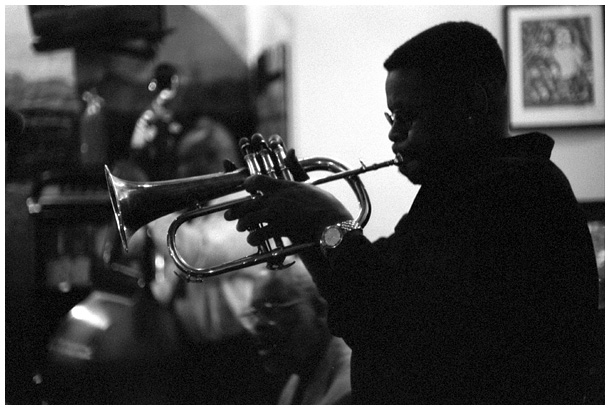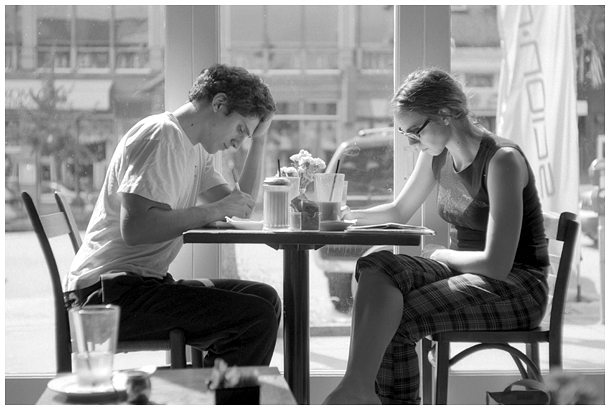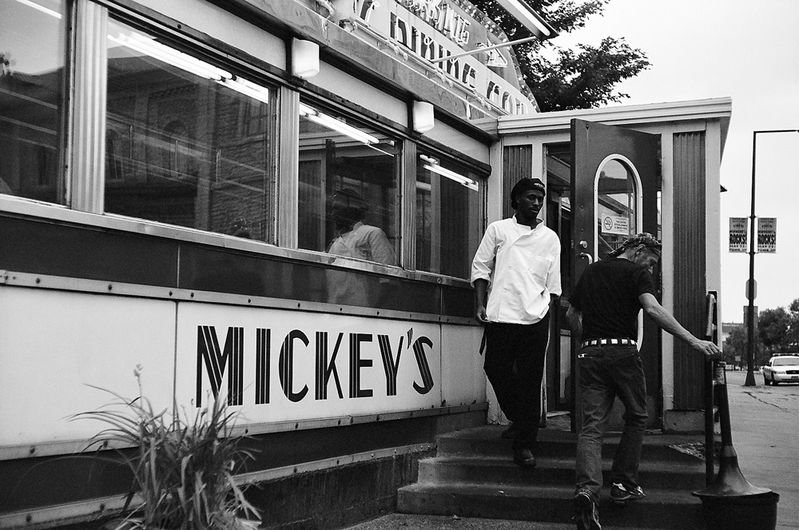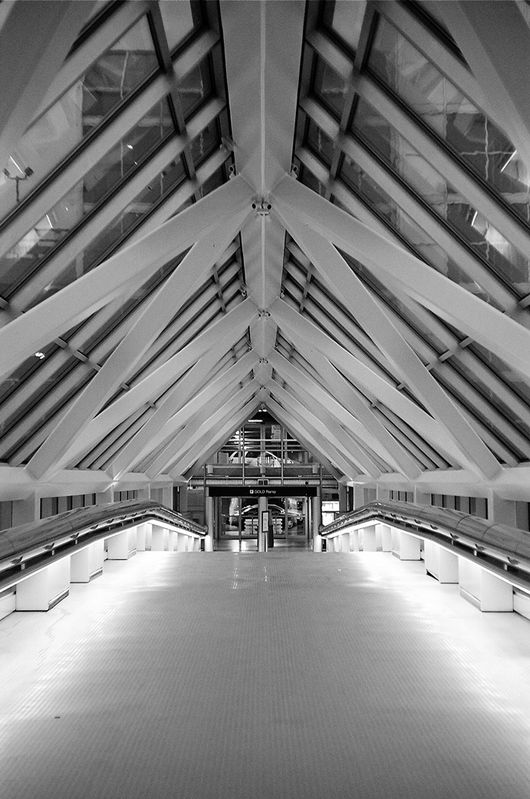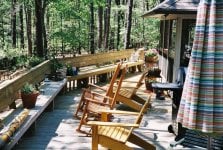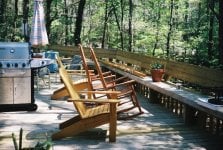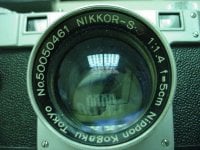venchka
Mentor
1956 Nikkor-S·C 5.0cm f:1.4 Japan LTM, Kodak BW400CN. Please, photos only.


Last edited:
VinceC
Mentor
Nikkor 5cm 1.4 (sorry, not LTM, original Nikon-S mount, but the same glass).
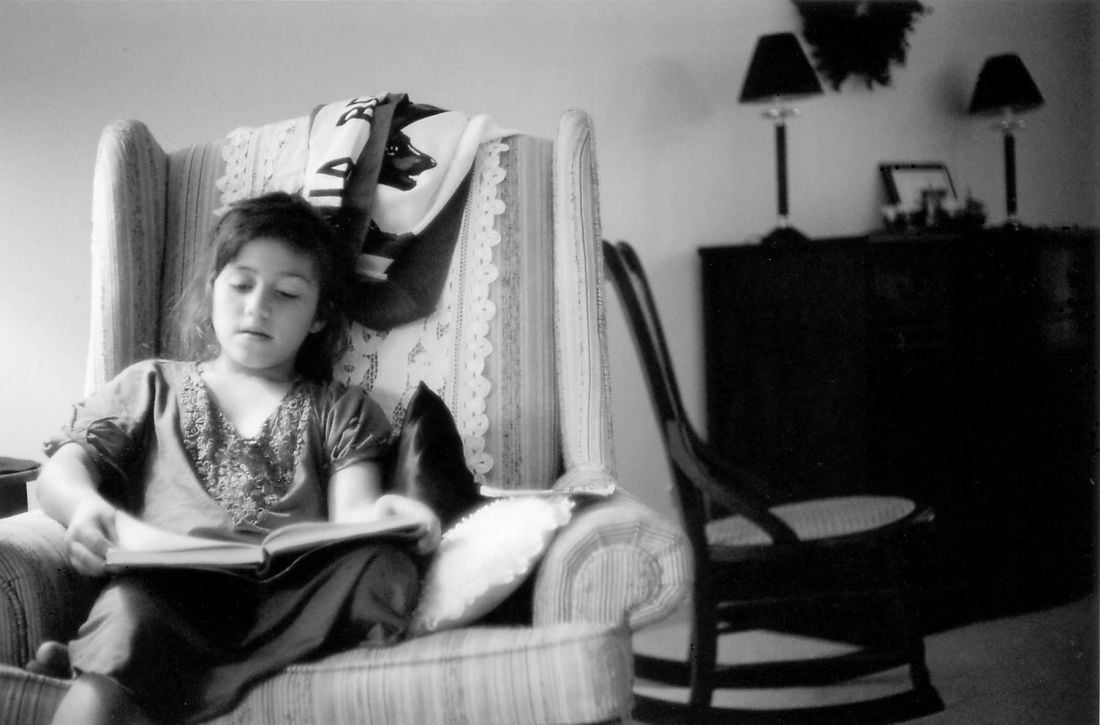

venchka
Mentor
Any mount
Any mount
My bad. I typed LTM out of habit. All examples of the Nikkor 50/1.4 should be included.
Any mount
My bad. I typed LTM out of habit. All examples of the Nikkor 50/1.4 should be included.
clarence
ダメ
It seems a bit soft to me, to be honest. I hope this doesn't violate the 'photos only' request.
Clarence
Clarence
Nachkebia
Well-known
I don`t like samples, sorry... I think af 50mm f/1.8 (%99) could have done better, sharper with better bokeh 
jja
Well-known
furcafe
Mentor
xayraa33
rangefinder user and fancier
I could never figure out how Nippon Kogaku thought their Sonnar type 1.4 was an improvement over the 1.5, whether made by NK, Zeiss, Canon or the FSU J-3 lens makers.
the Canon Sonnar type 50/1.5 and the J-3 are IMHO always more pleasing at full aperture esp. for portraits, than the Nikkor 50/1.4 Sonnar type.
I do not own an original Zeiss 50/1.5 Sonnar, but the example photos I have seen , that are taken by it, are in the Canon 50/1.5 category , if not even better.
Does anyone else feel that the Classic 1950s Nikkor 50/1.4 is not so pleasing at f1.4?
I know personal tastes are subjective.
the Canon Sonnar type 50/1.5 and the J-3 are IMHO always more pleasing at full aperture esp. for portraits, than the Nikkor 50/1.4 Sonnar type.
I do not own an original Zeiss 50/1.5 Sonnar, but the example photos I have seen , that are taken by it, are in the Canon 50/1.5 category , if not even better.
Does anyone else feel that the Classic 1950s Nikkor 50/1.4 is not so pleasing at f1.4?
I know personal tastes are subjective.
VinceC
Mentor
>>I could never figure out how Nippon Kogaku thought their Sonnar type 1.4 was an improvement over the 1.5, whether made by NK, Zeiss, Canon or the FSU J-3 lens makers.
the Canon Sonnar type 50/1.5 and the J-3 are IMHO always more pleasing at full aperture esp. for portraits, than the Nikkor 50/1.4 Sonnar type.<<
First of all, the Nikkor 1.4 came our two years before the Canon Serenar 1.5, autumn 1950 versus November 1952. The J-3 was not widely available and had quality-control problems. The Nikkor was intentionally faster than the Zeiss lens, using generally excellent coatings that have stood up well over time, resulting in better flare control than the 1.5 Sonnar. Zeiss also had quality-control problems connected to its postwar breakup -- lenses were being built on both sides of the iron curtain -- and in any event didn't sell lenses in the LTM mount. The Nikkor has click stops. Life magazine photographers, the discriminating 35mm photographers of their era, considered the Nikkor to be sharper than Zeiss or Leitz lenses. The Nikkor 50/1.4 set the bar for modern lenses. It certainly has "bokeh" problems and was reformulated about 12 years later to address those, but by then the SLR era was in full swing.
the Canon Sonnar type 50/1.5 and the J-3 are IMHO always more pleasing at full aperture esp. for portraits, than the Nikkor 50/1.4 Sonnar type.<<
First of all, the Nikkor 1.4 came our two years before the Canon Serenar 1.5, autumn 1950 versus November 1952. The J-3 was not widely available and had quality-control problems. The Nikkor was intentionally faster than the Zeiss lens, using generally excellent coatings that have stood up well over time, resulting in better flare control than the 1.5 Sonnar. Zeiss also had quality-control problems connected to its postwar breakup -- lenses were being built on both sides of the iron curtain -- and in any event didn't sell lenses in the LTM mount. The Nikkor has click stops. Life magazine photographers, the discriminating 35mm photographers of their era, considered the Nikkor to be sharper than Zeiss or Leitz lenses. The Nikkor 50/1.4 set the bar for modern lenses. It certainly has "bokeh" problems and was reformulated about 12 years later to address those, but by then the SLR era was in full swing.
jja
Well-known
The Nikkor is also really solid and well made, and extremely compact for its speed. Even though it has a 43mm filter thread, my Nikkor is more compact than my 50/2 Summicron (latest, w/ built-in hood).
I have just sent the Nikkor off to DAG for a routine CLA b/c I want to see how it compares to the Summicron w/ both lenses at the top of their form.
I have just sent the Nikkor off to DAG for a routine CLA b/c I want to see how it compares to the Summicron w/ both lenses at the top of their form.
VinceC
Mentor
>> can you tell us more about the Nikkor 50/1.5...?<<
My knowledge isn't authoritative. I'm simply an interested user. My understanding is that the experimental Canons of the 1930s used Nikkor lenses in the f/3.5 and f/2 range. An apparent f/1.5 Nikkor was also drawn up for the Canon line and may have been made in very limited numbers during World War II.
Japanese optical conglomerates were broken up after World War II, and Canon and Nikon went their separate ways. Nikon introduced a camera with an f/2 lens in the late 1940s, probably derivative of the f/2 Sonnar lens. Nikon (actually Nippon Kogaku ... Japanese Optical) also produced accessory lenses in the late 1940s: a 35/3.5, an 85/2 and a 135/4. These were also sold in the LTM mount.
The Nikkor 50mm f/1.5 was, I believe introduced very early in the year 1950 and was only produced for six or eight months before the improved f/1.4 lens was introduced. It was definitely produced by Nippon Kogaku, not by Canon, which was by then a competitor. It had no click stops and had a minimum aperture of f/11 instead of f/16. Filter threads for 40.5mm instead of the later 43mm.
David Douglas Duncan, one of the Life photographers who adopted Nikon lenses, shot the first months of the Korean War with the 50/1.5. By November/December 1950, he had switched to the f/1.4 version, as soon as it was introduced. His most famous work, of GIs retreating through frozen landscapes, was done with the f/1.4 lens. However, the earlier f/1.5 apparently also had similar optical properties. When Duncan shipping his first rolls back to Life magazine for printing, the darkroom workers (then among the best photo printers in the business) were very enthusiastic about the quality of the new lens. Most of this work was shot in sunlight at f/11, so the sharpness, not out-of-focus characteristics, was what they found compelling.
Only a few hundred of the f/1.5 lenses were made. So it is extremely rare and collectible. Duncan's work is the only group of photos I've seen taken by the 1.5 (the first two part of "This is War!" were shot with the 1.5, the third part with the 1.4). The book shows very little if any quality difference, though my copy is not all that well printed.
My knowledge isn't authoritative. I'm simply an interested user. My understanding is that the experimental Canons of the 1930s used Nikkor lenses in the f/3.5 and f/2 range. An apparent f/1.5 Nikkor was also drawn up for the Canon line and may have been made in very limited numbers during World War II.
Japanese optical conglomerates were broken up after World War II, and Canon and Nikon went their separate ways. Nikon introduced a camera with an f/2 lens in the late 1940s, probably derivative of the f/2 Sonnar lens. Nikon (actually Nippon Kogaku ... Japanese Optical) also produced accessory lenses in the late 1940s: a 35/3.5, an 85/2 and a 135/4. These were also sold in the LTM mount.
The Nikkor 50mm f/1.5 was, I believe introduced very early in the year 1950 and was only produced for six or eight months before the improved f/1.4 lens was introduced. It was definitely produced by Nippon Kogaku, not by Canon, which was by then a competitor. It had no click stops and had a minimum aperture of f/11 instead of f/16. Filter threads for 40.5mm instead of the later 43mm.
David Douglas Duncan, one of the Life photographers who adopted Nikon lenses, shot the first months of the Korean War with the 50/1.5. By November/December 1950, he had switched to the f/1.4 version, as soon as it was introduced. His most famous work, of GIs retreating through frozen landscapes, was done with the f/1.4 lens. However, the earlier f/1.5 apparently also had similar optical properties. When Duncan shipping his first rolls back to Life magazine for printing, the darkroom workers (then among the best photo printers in the business) were very enthusiastic about the quality of the new lens. Most of this work was shot in sunlight at f/11, so the sharpness, not out-of-focus characteristics, was what they found compelling.
Only a few hundred of the f/1.5 lenses were made. So it is extremely rare and collectible. Duncan's work is the only group of photos I've seen taken by the 1.5 (the first two part of "This is War!" were shot with the 1.5, the third part with the 1.4). The book shows very little if any quality difference, though my copy is not all that well printed.
Last edited:
sbug
Acceptably Sharp
venchka
Mentor
Color examples
Color examples
Examples of color not content. Middle f-stop, 5.6 or 8.0. Kodak HD 200.
Middle f-stop, 5.6 or 8.0. Kodak HD 200.
It is a solid chunk of lens to be sure. 10-12 blades in the iris as I recall. Mine was built late in the run. It's growing on me. Think I'll have to keep it.
Thanks for sharing, everyone. That's enough words for now.
Color examples
Examples of color not content.
It is a solid chunk of lens to be sure. 10-12 blades in the iris as I recall. Mine was built late in the run. It's growing on me. Think I'll have to keep it.
Thanks for sharing, everyone. That's enough words for now.
Attachments
jja
Well-known
Wayne or Vince, a quick serial number question: What is the range for this lens? Mine has a 7-digit serial number, and most of the ones I've seen have 6.
sbug
Acceptably Sharp
12 blades. (I have mine in my camera bag here at work)  Mine has a 6 digit serial number.
Mine has a 6 digit serial number.
I've found the bokeh varies greatly based on aperture, focus distance and lighting. Here are three color examples I have handy. The first image is wide open and close. The others are stopped down a bit.
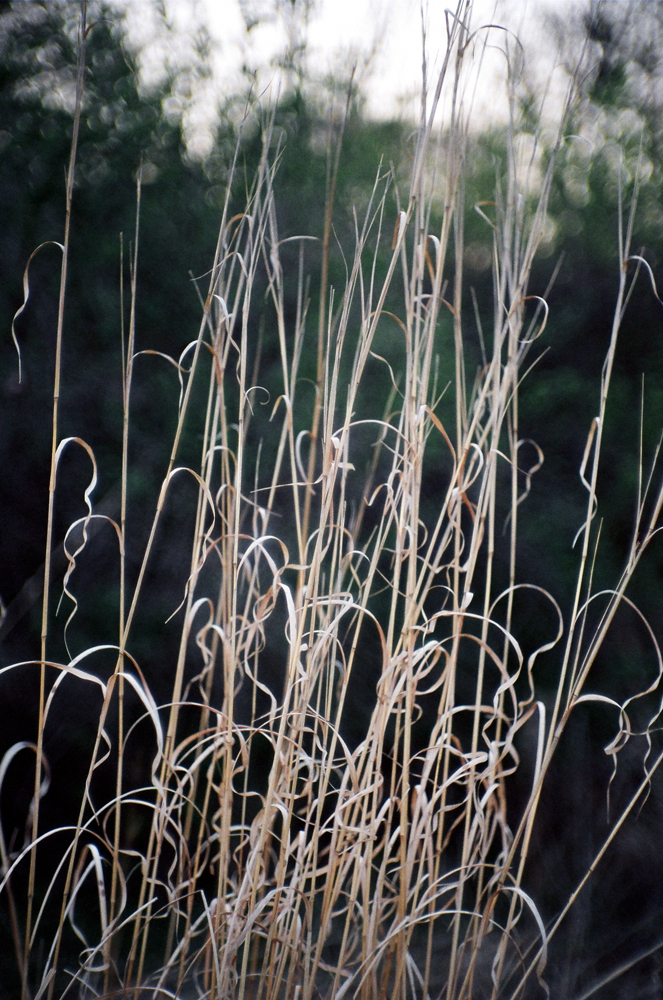
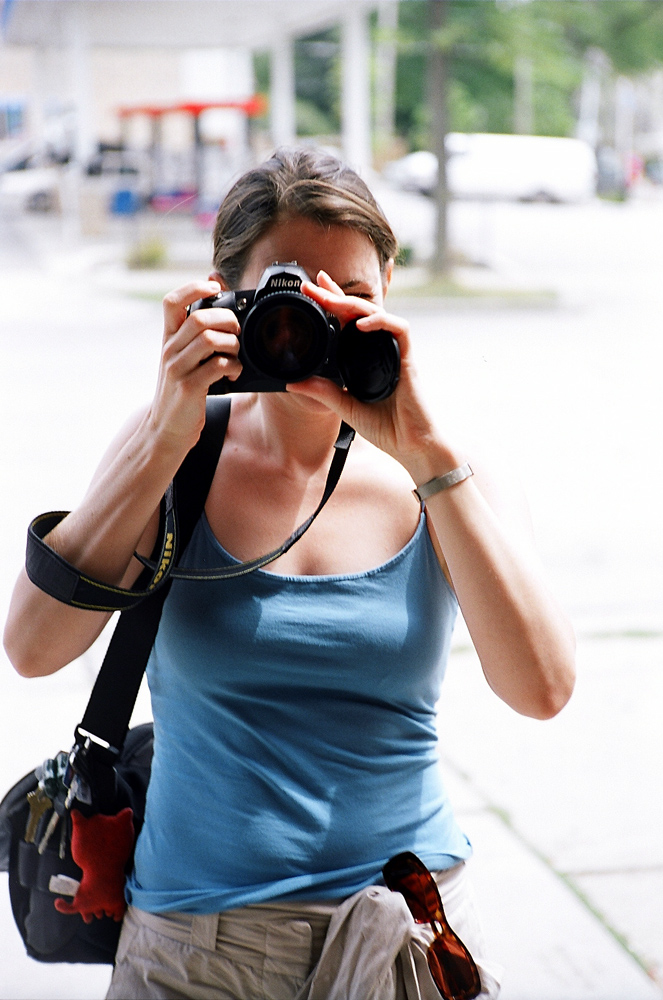
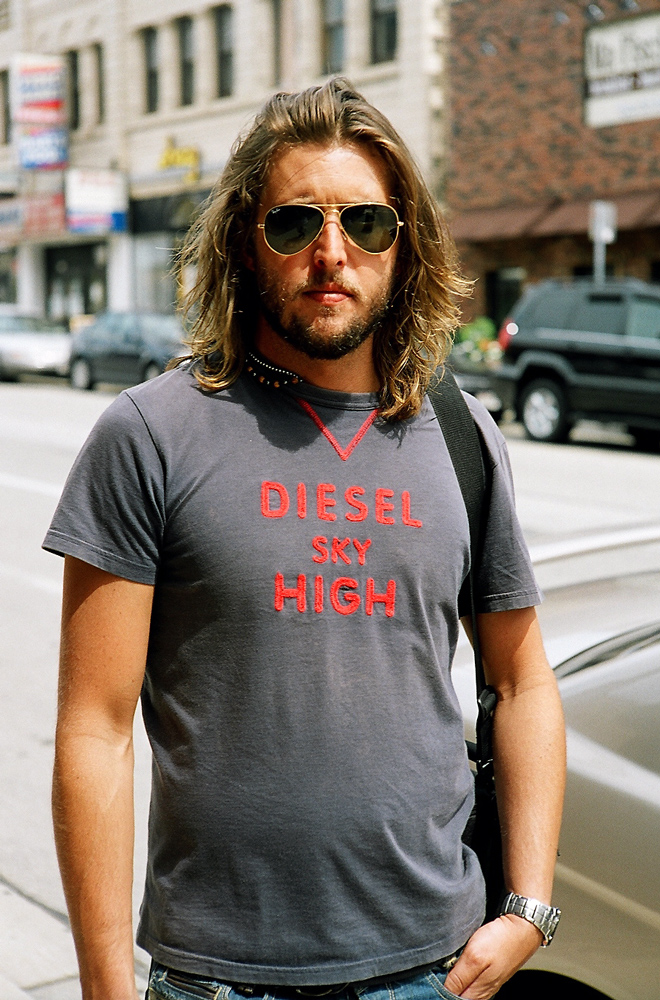
I've found the bokeh varies greatly based on aperture, focus distance and lighting. Here are three color examples I have handy. The first image is wide open and close. The others are stopped down a bit.



Last edited:
chendayuan
Established
Nikkor 50/1.4 LTM is soft wide open, has kind of veil flare problem for sure. f2.0 is usable.
VinceC
Mentor
>>soft wide open ... veiling flare...<<
Depends a lot on the light, actually. Two more wide-open examples.
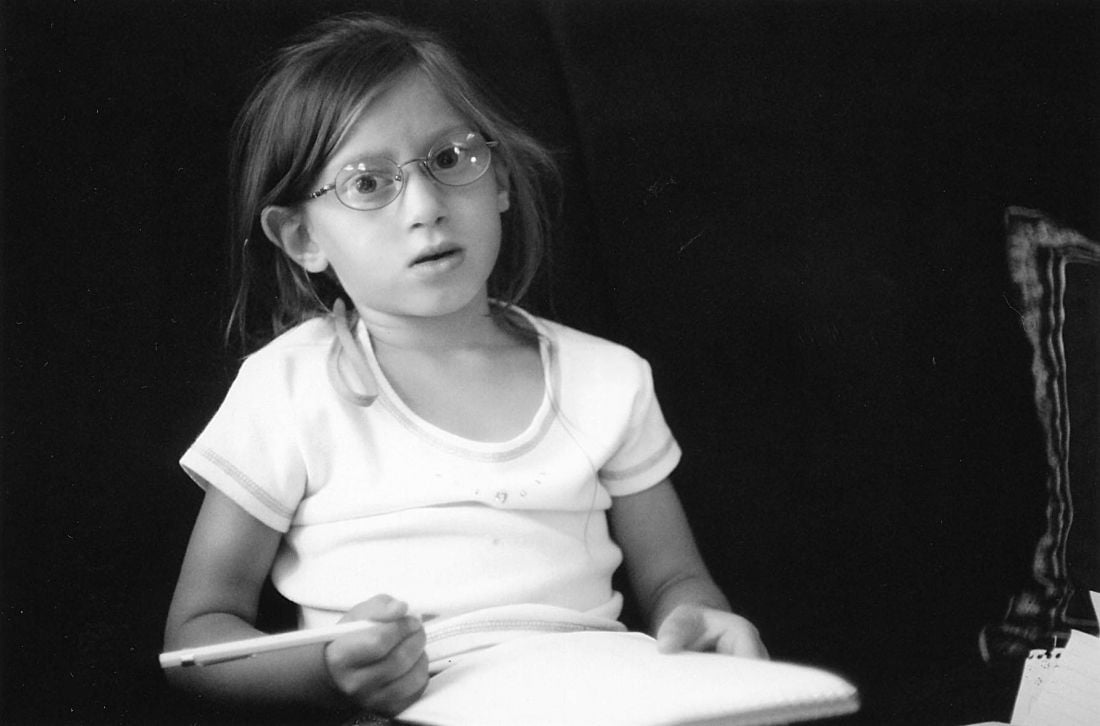
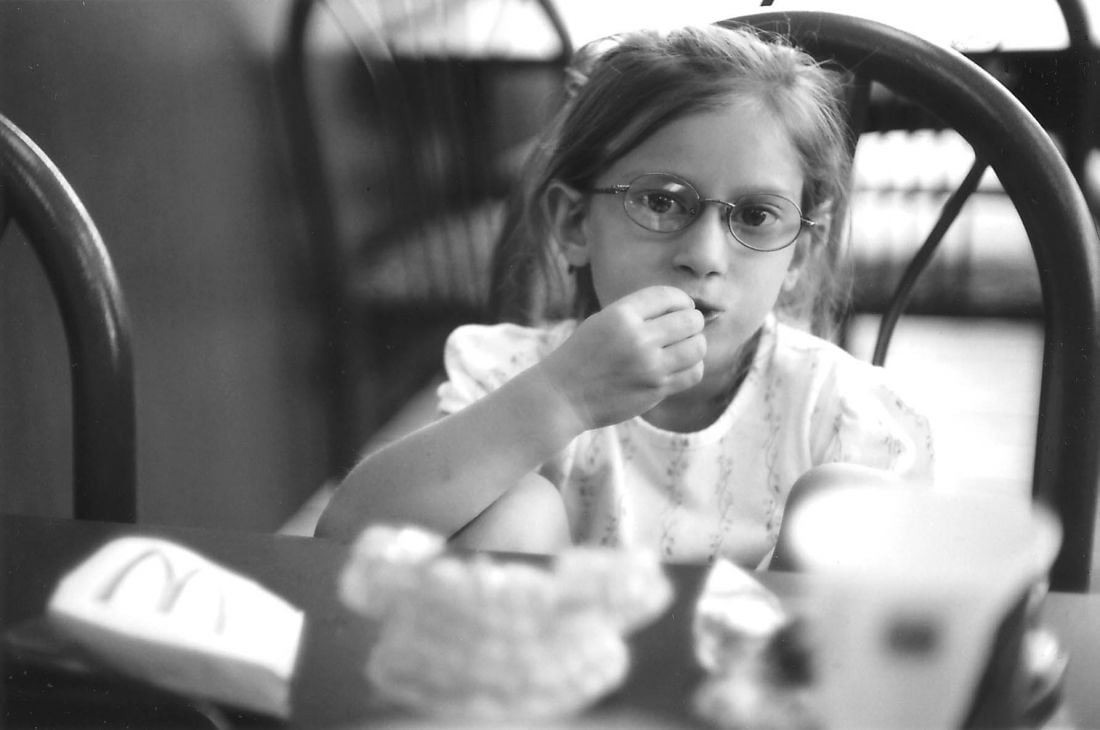
Depends a lot on the light, actually. Two more wide-open examples.


NIKON KIU
Did you say Nippon Kogaku
The main batch started from 316000 all the way to 41xxxx. Early ones in chrome and later ones in black/chromejja said:Wayne or Vince, a quick serial number question: What is the range for this lens? Mine has a 7-digit serial number, and most of the ones I've seen have 6.
If you have one with 7 digit serial number then you must have the real early example, those started with 5005xxxx
most have 8 digit numbers and some have 7 digit numbers:
Here is an example:
what number is yours?
Kiu
Attachments
Last edited:
Share:
-
This site uses cookies to help personalise content, tailor your experience and to keep you logged in if you register.
By continuing to use this site, you are consenting to our use of cookies.


